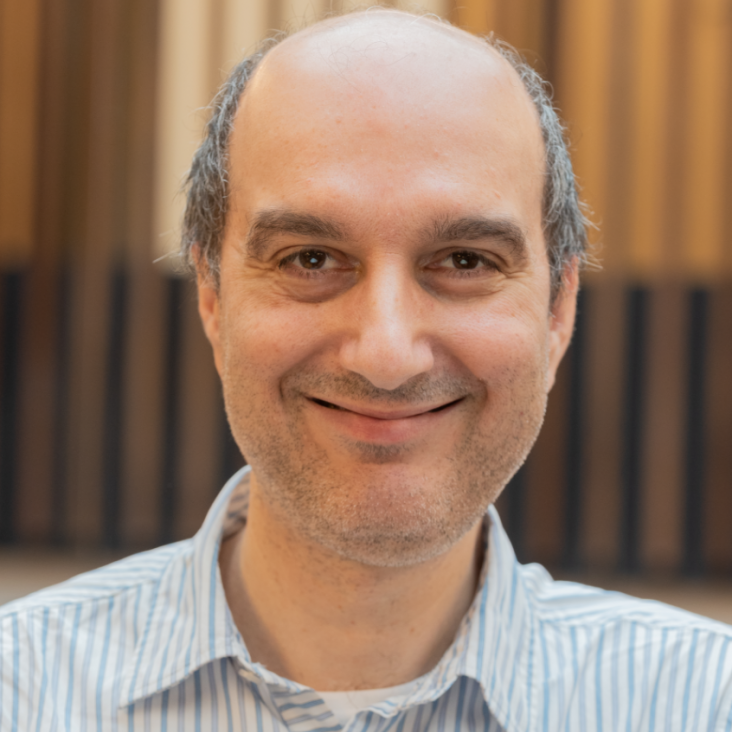Speed of sound in methane under conditions of planetary interiors
Physical Review Research American Physical Society 6:2 (2024) l022029
Abstract:
We present direct observations of acoustic waves in warm dense matter. We analyze wave-number- and energy-resolved x-ray spectra taken from warm dense methane created by laser heating a cryogenic liquid jet. X-ray diffraction and inelastic free-electron scattering yield sample conditions of 0.3±0.1 eV and 0.8±0.1 g/cm−3, corresponding to a pressure of ∼13 GPa. Inelastic x-ray scattering was used to observe the collective oscillations of the ions. With a highly improved energy resolution of ∼50 meV, we could clearly distinguish the Brillouin peaks from the quasielastic Rayleigh feature. Data at different wave numbers were utilized to derive a sound speed of 5.9±0.5 km/s, marking a high-temperature data point for methane and demonstrating consistency with Birch's law in this parameter regime.Bounds on heavy axions with an X-ray free electron laser
(2024)
Electron-beam-based Compton scattering x-ray source for probing high-energy-density physics
Physical Review Accelerators and Beams American Physical Society 27:3 (2024) 034701
Abstract:
The physics basis for an electron-beam-based Compton scattering (ECOS) x-ray source is investigated for single-shot experiments at major high energy density facilities such as the Omega Laser Facility, National Ignition Facility, and Z pulsed power facility. A source of monoenergetic (δϵ/ϵ<5%) 10- to 50-keV x rays can be produced by scattering of a short-pulse optical laser by a 23- to 53-MeV electron beam and collimating the scattered photons. The number and spectrum of scattered photons is calculated as a function of electron packet charge, electron and laser pulse duration, laser intensity, and collision geometry. A source with greater than 1010 photons in a 1-mm radius spot at the OMEGA target chamber center and 100-ps time resolution is plausible with the available electron gun and laser technology. Design requirements for diffraction, inelastic scattering and imaging experiments as well as opportunities for improved performance are discussed.Achievement of target gain larger than unity in an inertial fusion experiment
Physical Review Letters American Physical Society 132:6 (2024) 065102
Abstract:
On December 5, 2022, an indirect drive fusion implosion on the National Ignition Facility (NIF) achieved a target gain G_{target} of 1.5. This is the first laboratory demonstration of exceeding "scientific breakeven" (or G_{target}>1) where 2.05 MJ of 351 nm laser light produced 3.1 MJ of total fusion yield, a result which significantly exceeds the Lawson criterion for fusion ignition as reported in a previous NIF implosion [H. Abu-Shawareb et al. (Indirect Drive ICF Collaboration), Phys. Rev. Lett. 129, 075001 (2022)PRLTAO0031-900710.1103/PhysRevLett.129.075001]. This achievement is the culmination of more than five decades of research and gives proof that laboratory fusion, based on fundamental physics principles, is possible. This Letter reports on the target, laser, design, and experimental advancements that led to this result.Classical Larmor formula through the Unruh effect for uniformly accelerated electrons
Physical Review D: Particles, Fields, Gravitation and Cosmology American Physical Society 109 (2024) 024044


